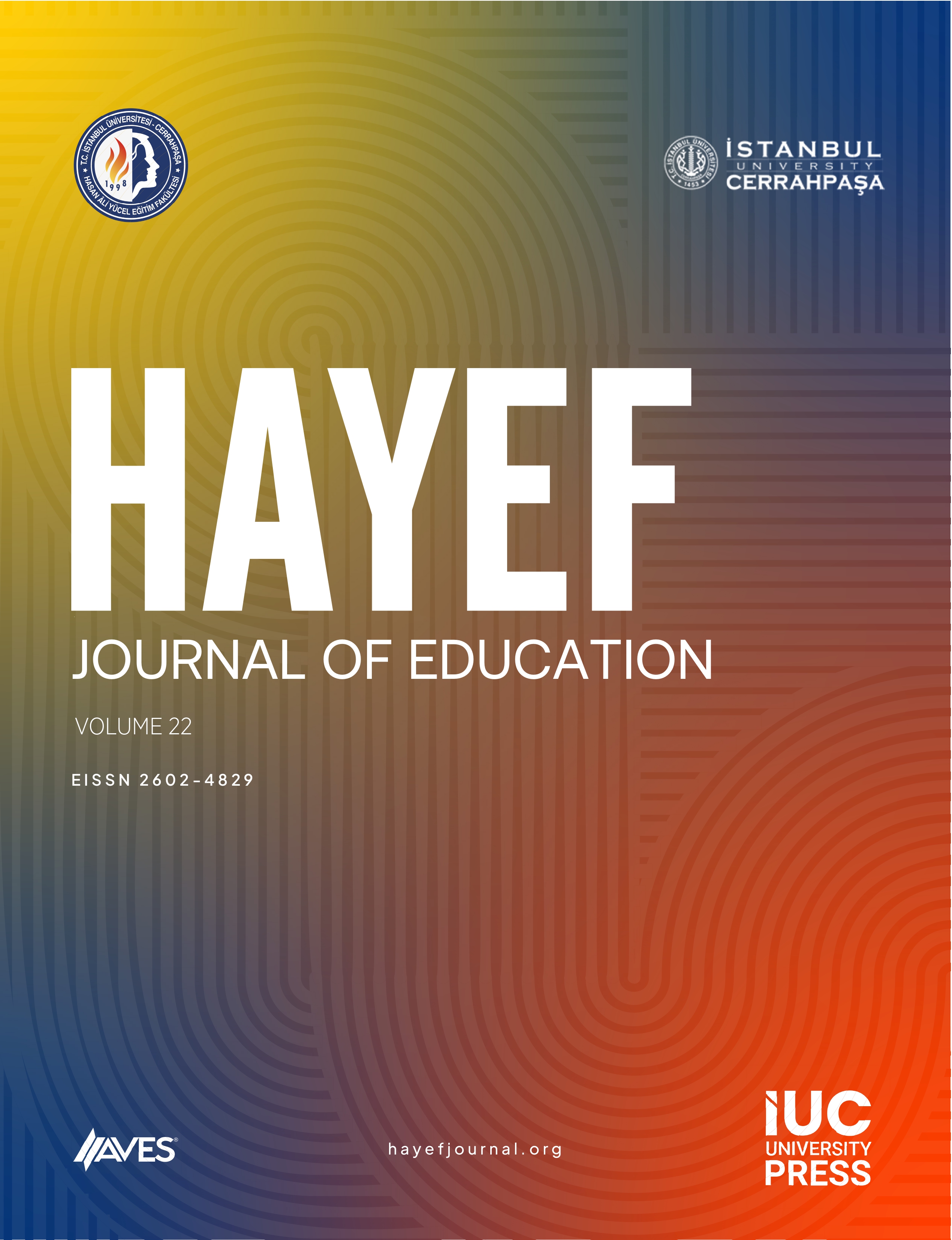To limit the spread of the coronavirus, countries have favored distance education over face-to-face education. In Turkey, as well as around the world, technology has become an integral part of education. Technological tools are evolving and developing on a daily basis as a result of rapid technological development. The development of Web 2.0 apps is one of these tools that can be considered a technological breakthrough that promotes progress by influencing teaching-learning environments. Teachers and students can use Web 2.0 apps to socialize along with creating, manipulating, and controlling content. These opportunities inspire students to contribute to the learning process and be active participants in the classroom. An example of these technologies is the classroom response systems used for measurement and evaluation. Quizizz, Kahoot, and Socrative are examples of Web 2.0 tools that help teachers assess their students’ knowledge and skills effectively and efficiently within the context of classroom response systems. In this study, we aimed to compare the opinions of mathematics teachers regarding the impact of Web 2.0 tools used for measurement and evaluation in distance education during the pandemic. This was a case study, which included 11 mathematics teachers. The results of the mathematics teachers’ opinions on the effects of Web 2.0 apps in distance education were categorized according to their contribution to teaching and the use of measurement tools. According to the findings, the teachers believed that Web 2.0 apps had a positive impact on the distance education process. This study offers important application components for future studies.
Cite this article as: Aydoğan Yenmez, A & Gökçe, S. (2021). Teachers’ Opinions on Web 2.0 Tools used for Measurement and Evaluation Purposes in Distance Education. HAYEF: Journal of Education, 18(2), 167-178.



